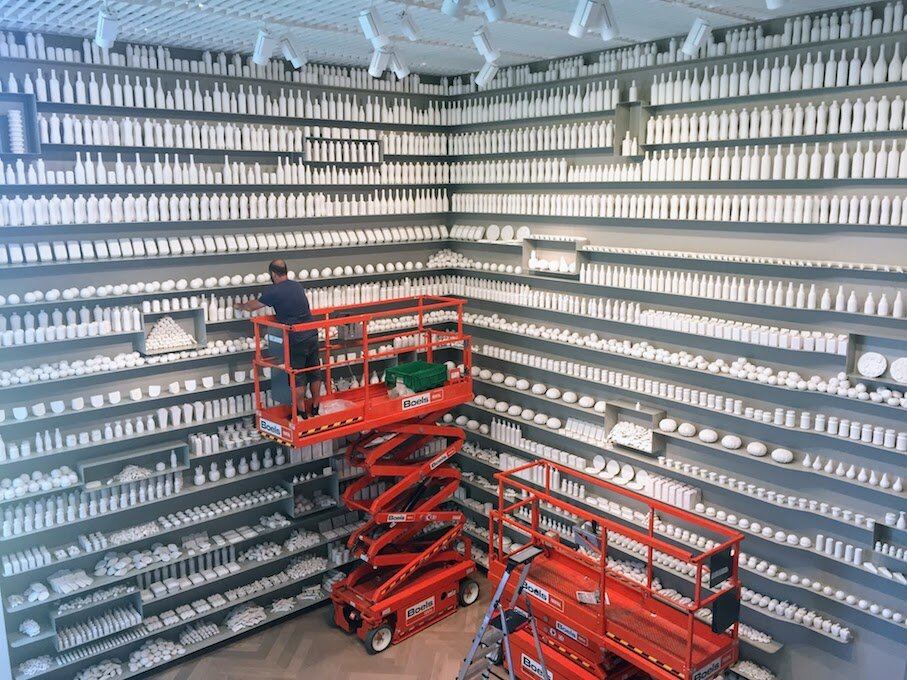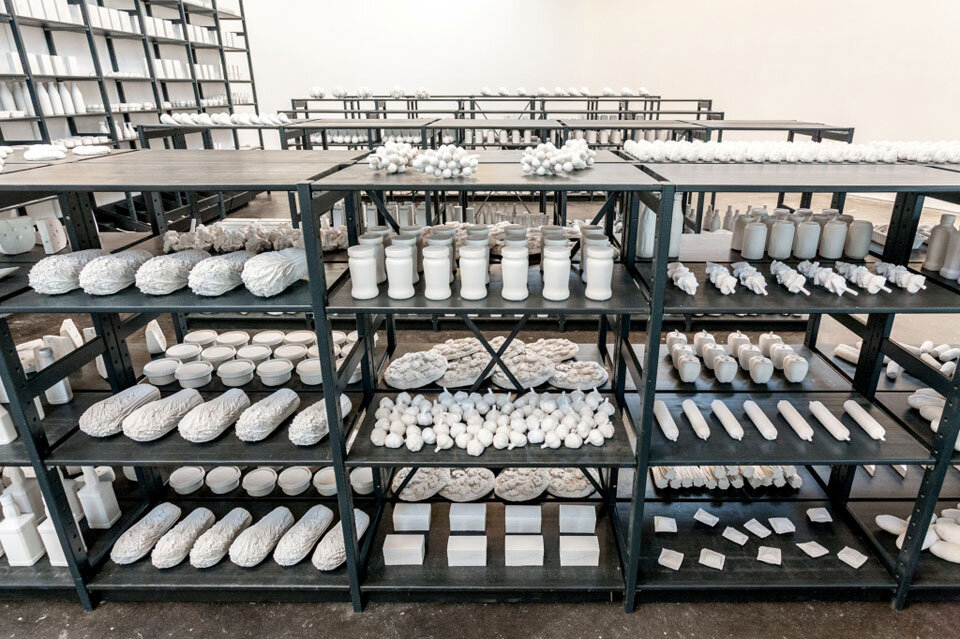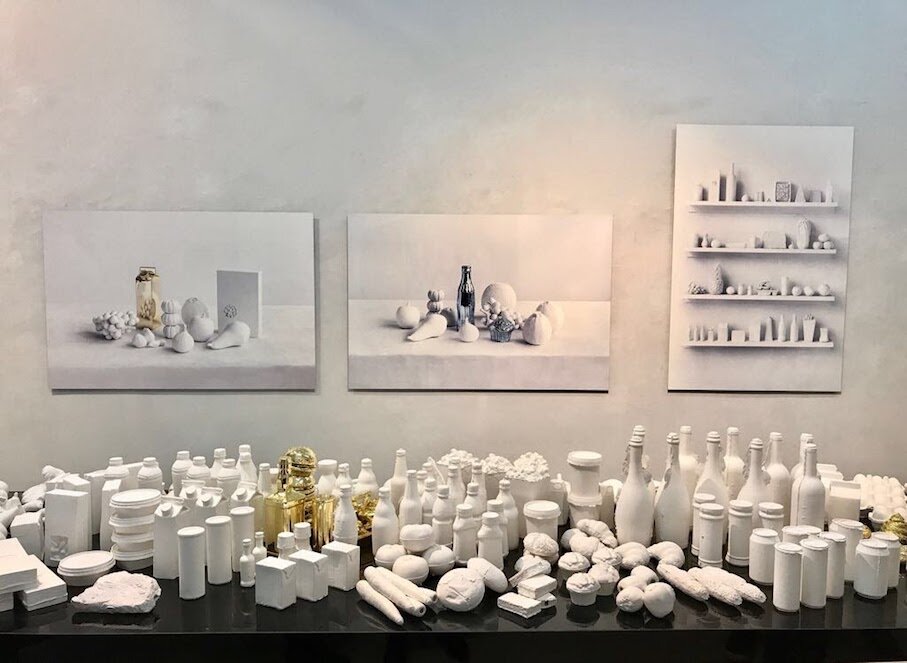About Itamar Gilboa
“I see my work as social sculptures; in the end I have a story to tell.”
Itamar Gilboa, 1973 (IL) is an innovative, multi-disciplinary artist who lives and works in Amsterdam. He studied Visual Arts at the Avni Institute and Performing Arts at the Yoram Loewenstein Studio. He holds a bachelor’s degree in Visual Arts obtained at the Rietveld Academy Amsterdam in 2005.
Itamar Gilboa who has always been inspired by the power of numbers and the influence of science works in diverse media: photography, video and sculpture. His work is diverse, yet consistent. It is not only consistent because of his scientific approach, it also shares certain themes. Gilboa spent most of his artistic career researching factors that determine who he is – his cultural heritage, national identity and the changes he experienced migrating to the Netherlands, social networks and connections. “I see my work as social sculptures; in the end I have a story to tell.” - Itamar Gilboa.
Gilboa’s works have been exhibited worldwide at various locations such as TEDxEde, LAM Lisse, Museum Beelden aan Zee and Tel Aviv Museum of Art, Art Fair ExpoChicago and Red Gate Studios in Beijing.
Two of his most recent projects: Some years ago Itamar Gilboa started the Food Chain Project which is a pop-up supermarket made entirely of plaster sculptural groceries that physically represent Itamar Gilboa's consumption over 365 days. He kept a diary of everything he ate and drank for the duration of a year. Each individual part of the installation - ranging from a lemon to a carton of milk and from a can of tuna to a Shawarma (a total of 8’000 products) - can be bought separately. Percentages of the profits are donated to NGOs fighting food issues, thereby creating a food chain: "What I ate turned into art, which, when sold, can again become food”, explains Gilboa. Thinking about his personal consumption habits, Gilboa started to research the social implications of individual consumption choices on global food issues. By presenting the 8,000 products he consumed in a year, Gilboa aims to raise awareness and generate a wider discussion on global food issues. The installation is thought provoking and uses an inventive approach to point out our overconsumption, while hundreds of millions of people around the world still suffer from hunger every day.
In 2007 the Wired magazine introduced the Quantified Self movement. In this movement individuals collect data, statistics and other technologies to investigate their daily personal experiences. The artworks resulting from the Quantified Self Movement, are rooted in an older form of conceptual art, the so-called Social Sculpture, originally advocated by visual artist Joseph Beuys. He created sculptures that contributed to social change. Itamar Gilboa’s Food Chain Project fits this tradition. The work does not merely attribute an issue, it also aims to makes a difference.
Most currently, Gilboa is working on his project ‘Body of Work’, a conceptual self-portrait made with advanced medical technology. With the data derived from his research he creates works representing his own body: a body of flesh and blood, an interplay of organs, bones and, more abstractly, his mind. The sculptures showcased here are created with advanced 3D printers. Gilboa works with reflecting materials such as mirror and chrome to blur the distinction between self and other and shift the focus to the relationship between identity and the body.









